Hypoestes Phyllostachys, commonly known as Polka Dot Plant, is one of the best plants to have in your home. They come in different color patterns and variegation in their leaves and are also known as Freckle faces. Polka Dot Plants are attractive, and they can be easily grown at home and is a great choice.
But some plants can be grown with polka dot plants. This helps in boosting their growth, repelling pests, etc. This also increases the amount of shade on the plant’s soil, reducing water evaporation and keeping the soil moist for a longer time. Here are some great companion ideas for your Polka Dot plants.
Companion Plants For Polka Dots
Here is the list of plants you can plant as a companion for Polka Dots plants. We hope you find this list to be helpful.
Impatiens
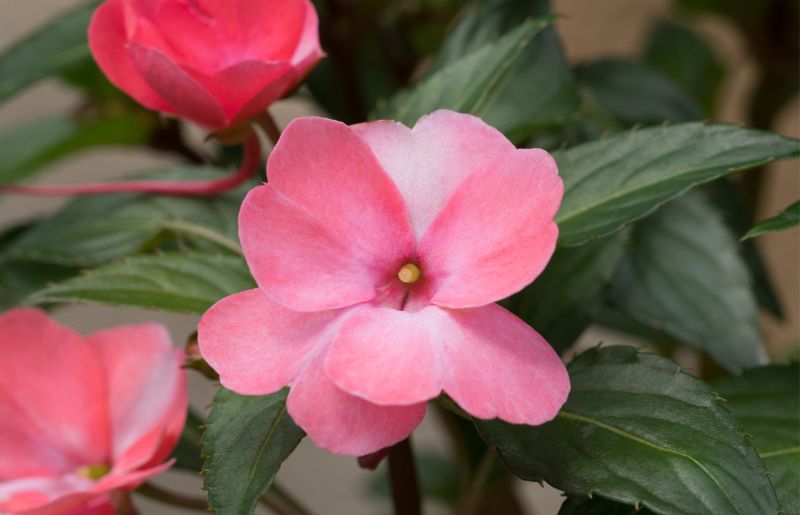
Impatiens are one of the most popular annual flowers due to their bright-colored profuse blooms and their ability to grow without needing much light. They are easy to grow, don’t need much care, and can grow in a shady location with well-drained soil.
Since these plants love the shade, they can be a great companion to Polka dot plants. The reason is that polka dot plants have big leaves compared to Impatiens. So, the impatiens can grow under the shade of Polka dot plants.
Are you trying to find whether your Polka Dots plants are poisonous or not? Then read Is Your Polka Dot Plant Poisonous?
Tuberous Begonias
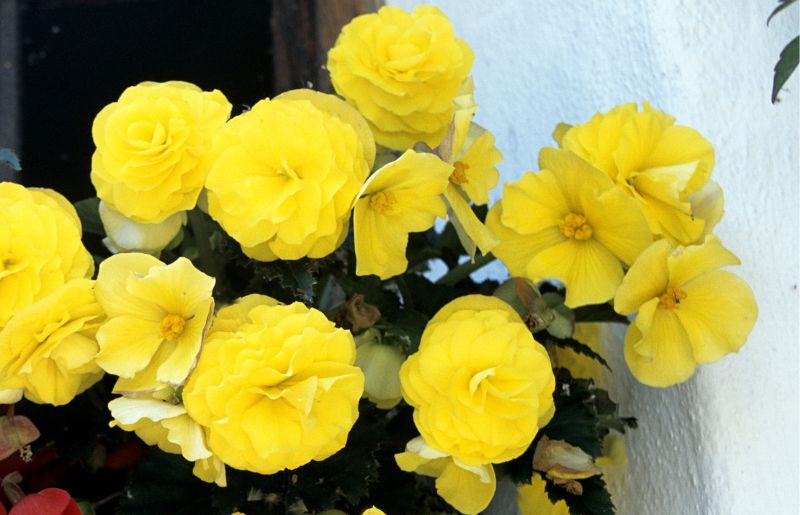
The begonias family is generally poisonous, but Tuberous Begonias are different. They are the best companions for leafy plants like polka dot plants. The reason is the fact that they have attractive foliage and big rose-like flowers that look very attractive when they bloom properly.
Like Polka Dot plants, tuberous Begonias need to be handled with care. These plants are pretty sensitive to cold and shouldn’t be put outdoors at night. Begonias don’t grow in too much heat and need well-drained soil to grow properly. It is also necessary to plant in a place where they don’t receive strong winds.
Wishbone Flower
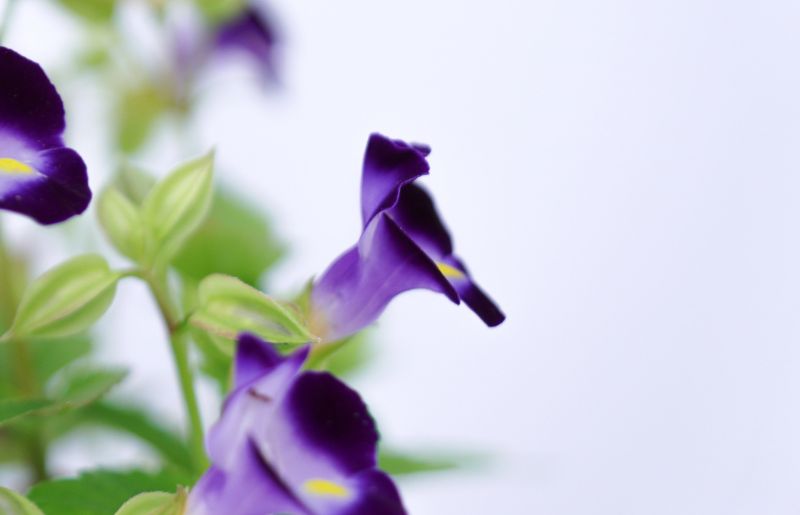
Wishbone flowers are something that can bring a lot of color to your shady garden. Though these trumpet-shaped plants generally come in dark blue-purple color, they have another variation which comes in the combination of lavender with yellow markings. Each flower of the plant has a pair of stamens that come together to resemble a wishbone and thus the name.
These plants don’t thrive in full sun, but a place with the morning and afternoon sun would be the best location for them. Aside from this and regular watering of the plant, much maintenance is not necessary for this plant.
English Ivy
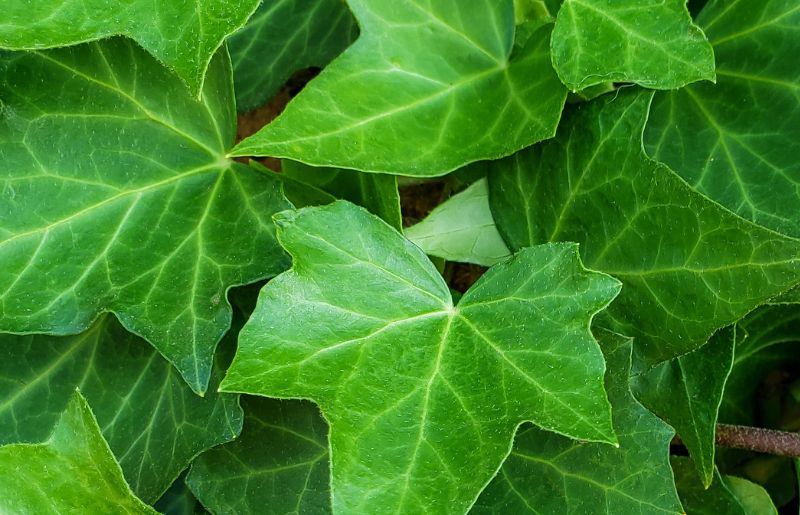
Hedera Helix, also known as English Ivy, is a woody vine that can climb up to 80 feet high. This plant is known for its evergreen leaves, and in that regard, it can be classified as a foliage plant. This plant can grow quite fast, and spring is the best time to plant this plant.
Though the plant is toxic to humans and animals, some grow this plant in hanging baskets on the porch. Root rot and bacterial leaf spot are some of the most common diseases for this plant, but these can be controlled with neem oil or insecticidal soap.
To know more about Polka dot plants, read Are Polka Dot Plants Perennial?
Philodendron
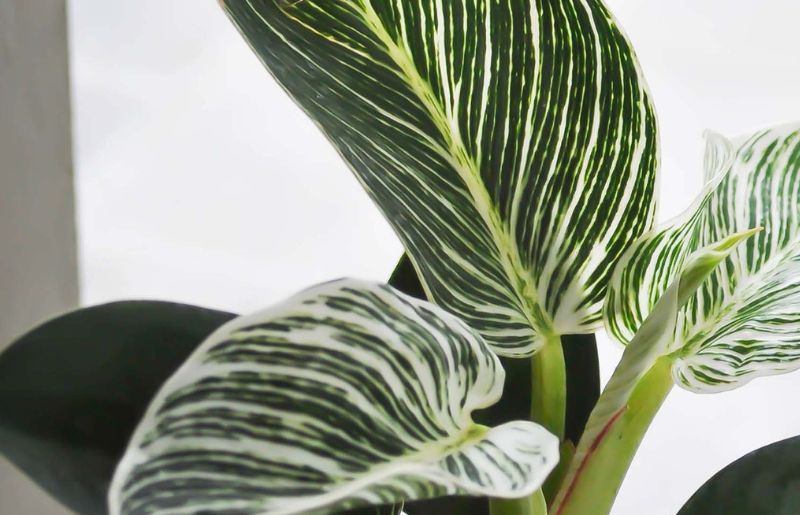
Philodendrons are an excellent companion choice for Polka dot plants. There are two types of philodendrons, vining and non-climbing. Vining philodendrons need support to grow, a post would suffice, and the non-climbing ones need some space to grow because of their big leaves.
They are easy to grow and require low maintenance. Sunlight, Water, and Fertilizer are the there basics that are needed to grow these plants. One can just set plants in a place where there is ample sunlight and water them regularly. Before watering, checking the soil with your finger would be ideal, and using organic fertilizer once a month would be a perfect choice.
Anthurium
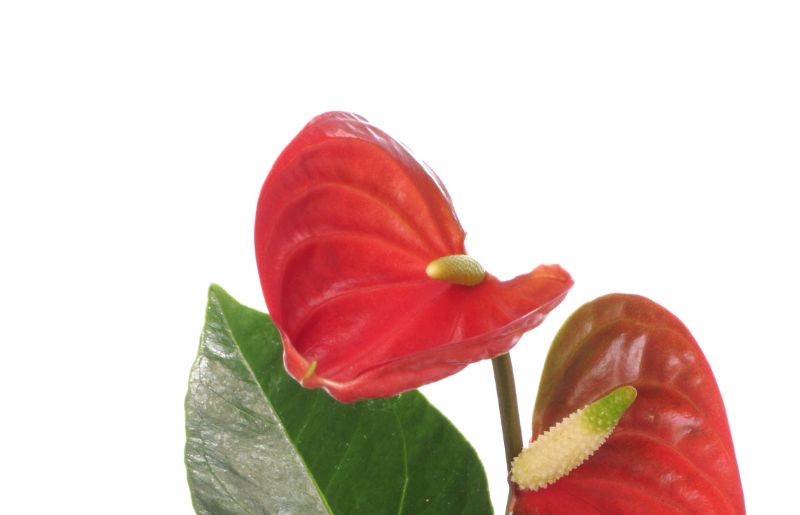
Anthurium, also known as the Flamingo flower, is a plant native to Central America, The Caribbean, and the Northern South America region. These plants’ growth is slow but depends on how much sunlight they get. These plants have a very distinctive color of red and yellow shades and heart-shaped waxy spathes.
Bright and indirect light is necessary to grow them, and well-drained soil with a mixture of sand and peat moss would be perfect for this plant. When it comes to watering, once a week if they are grown indoors would be great; otherwise, very two-three days would suffice.
Bromeliads
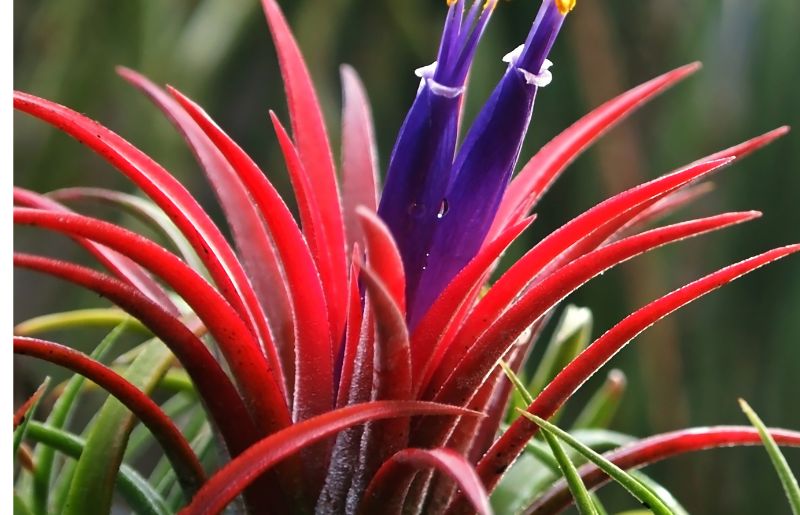
Bromeliads are pretty hard to grow but can adapt to any environment. Bromeliads can grow with beautiful textures and color combinations of red, purple, orange, green, etc. These take around 1-3 years to fully mature and would be a great companion to your polka dot plants.
Their blooming conditions are quite specific and vary from species to species. They also have very specific light requirements, such as some can withstand direct sunlight and others cannot. These plants prefer moist soil, and you must be careful while watering them as they ate prone to root rot. Fertilizers diluted half strength during the growing season would be enough for them to grow nice and firm.
How often should you water your polka dots? To know about that, read How Often to Water Polka Dot Plants (Avoid THIS)
Wrap Up
And that’s a wrap! The plants mentioned here are some of the best companion plants for Polka Dots. All plants need to be handled with care, and these plants are no exception. Make sure to water them regularly and provide ample sunlight so they can grow properly.
If any other plants are a great companion to polka dots, feel free to leave them below.
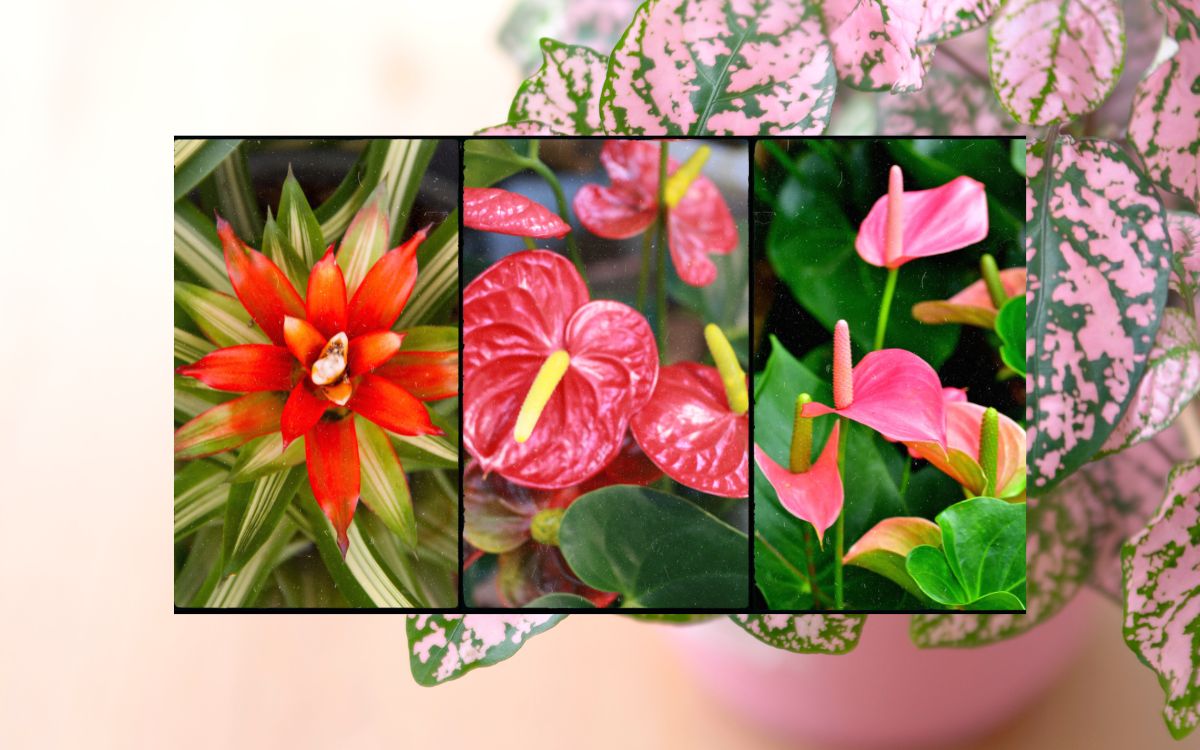
Leave a Reply